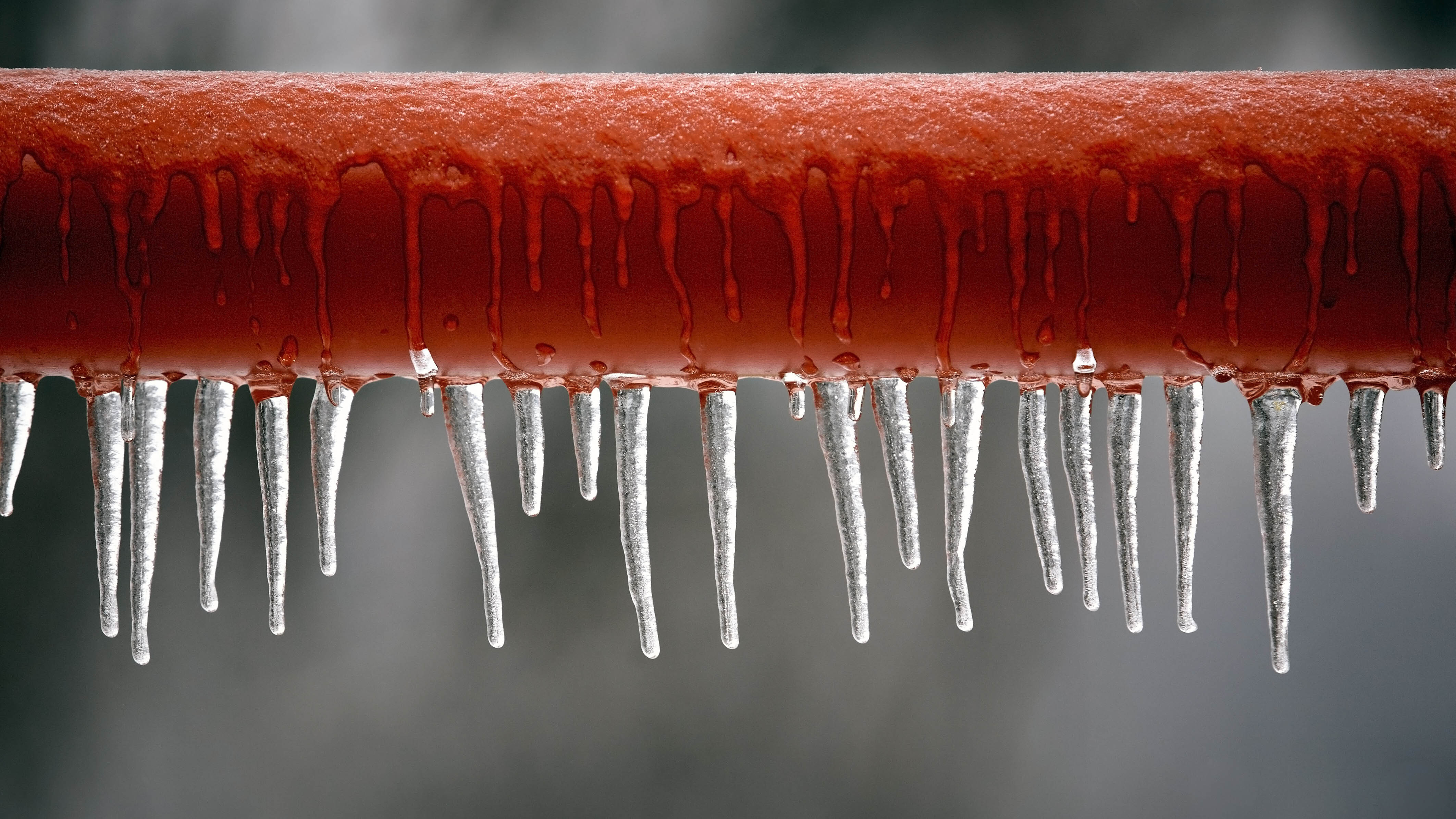
The winter chill can sometimes swoop in and take its toll before many of us have had a chance to protect our pipes from freezing. And, sadly, if left too late this can be a messy and costly mistake. By being one step ahead of the drop in temperature, you can get your home ready for fall and protect your plumbing, avoiding frozen and burst pipes.
As soon as water freezes, it turns to ice and expands, which isn’t great news for your plumbing. Depending on the type, shape and age of your pipes, they could leak or burst as pressure from within gets too much.
According to the latest data from the Insurance Information Institute, water damage and freezing claims accounted for 23.5% of all home insurance claims in 2021, with around one in 60 homes making a claim.
So, whether you’re at home for the winter or taking a long vacation, it’s wise to think ahead and protect your plumbing from the big freeze. Follow our top tips on how to winterize your pipes to stop them freezing and avoid an emergency repair.
1. Insulate your pipes
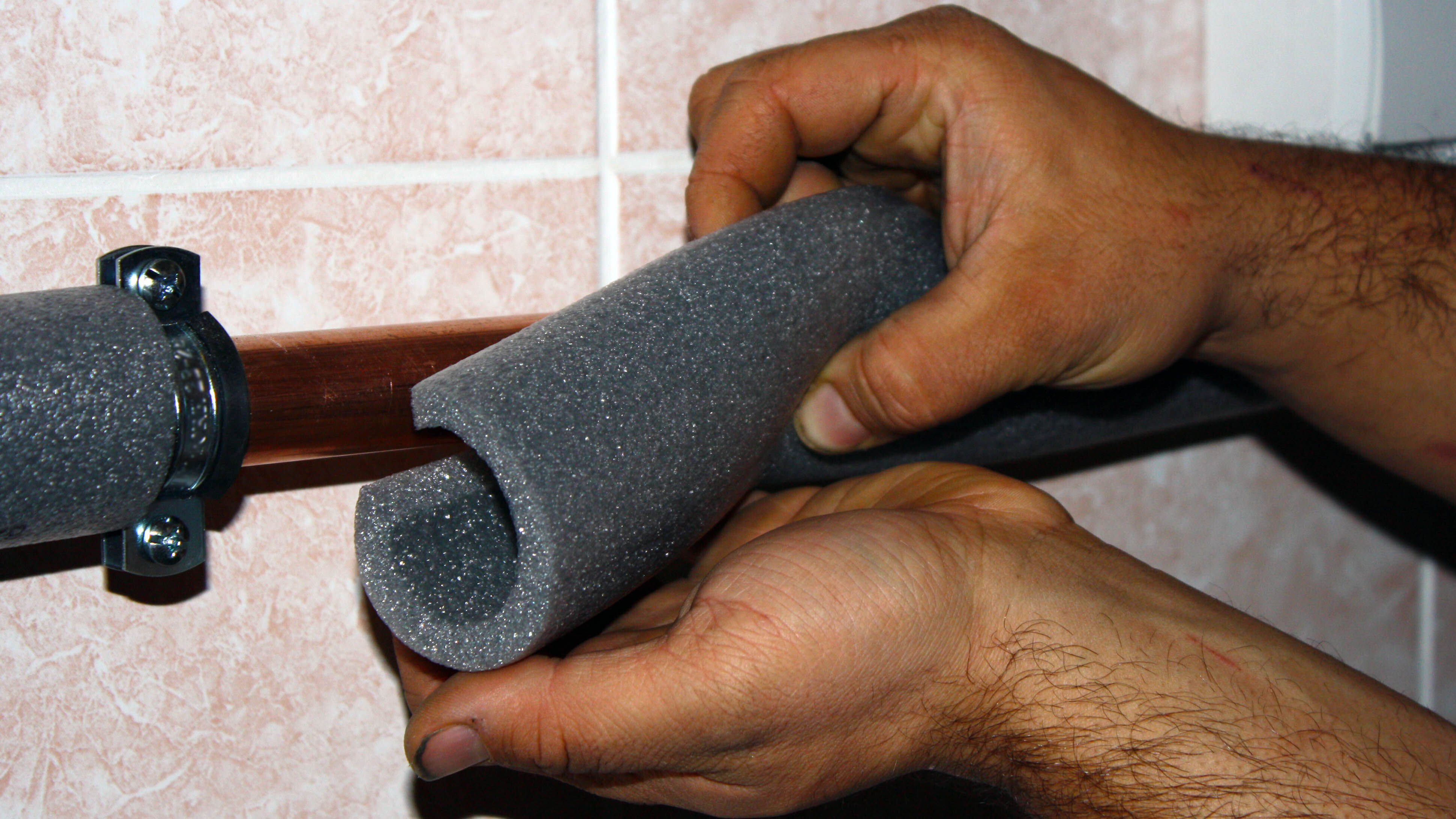
Keeping your pipes snug is one of the best ways to protect them from freezing. Insulating your pipes will help any water inside stay warmer and keep its temperature above freezing, reducing its chance of turning into ice and expanding.
Exterior pipework and those in uninsulated areas are more at risk and should be tackled as a priority, and don’t forget to check your attic.
Foam rubber or fibreglass sleeves will help decrease the chances of freezing, and can also be placed around your water tank. Although the sleeves themselves won’t provide extra heat to the water inside the pipes, they will help retain the heat for longer.
2. Turn off outdoor faucets
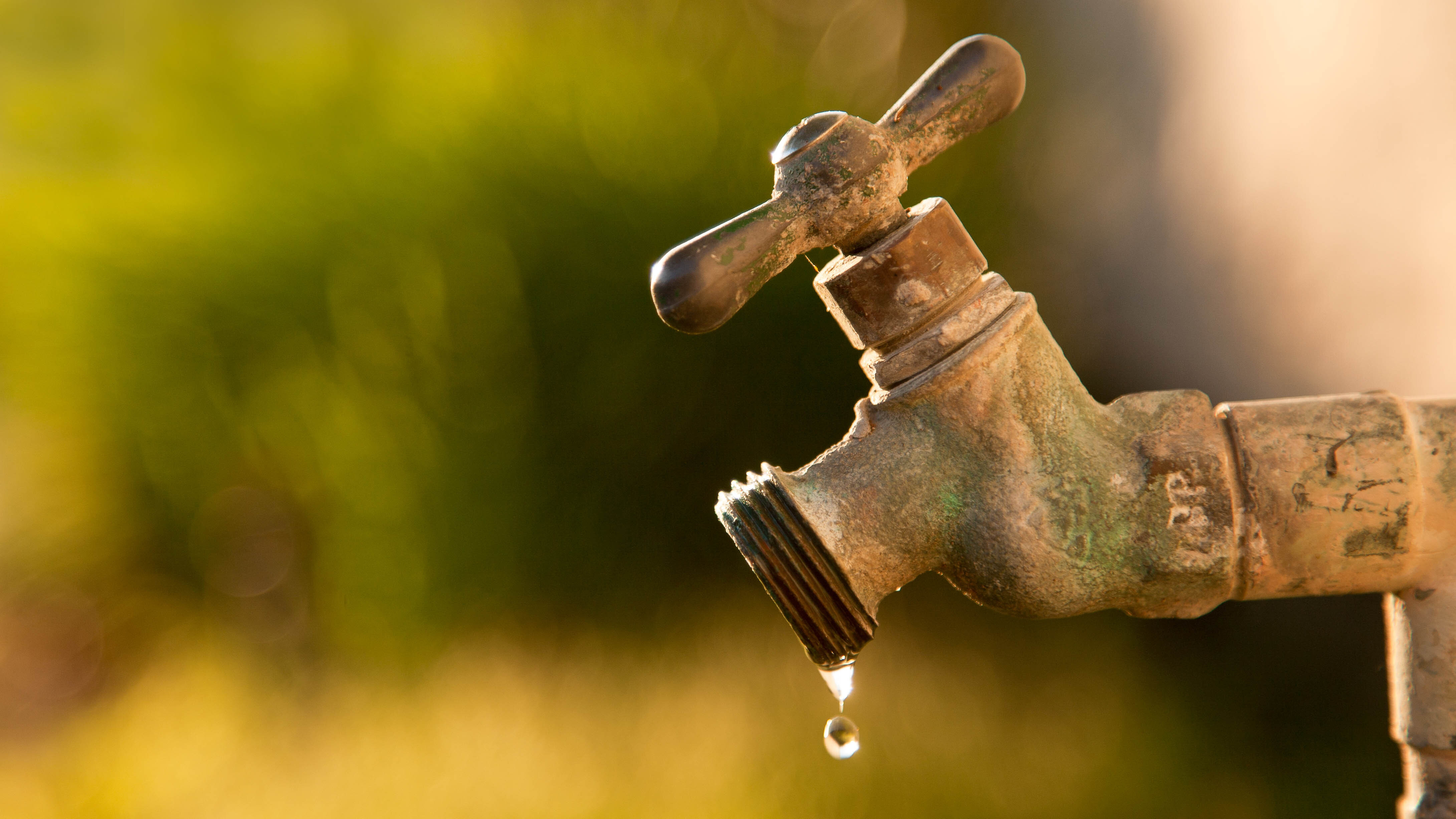
You’re unlikely to use your outdoor faucet or sprinkler system during the colder months, so it’s worth turning off your external water supply.
You should be able to find the isolation valves on the water lines leading to the external water supply. Take a look in your basement, crawl space or mechanical room.
Once you’ve turned off your outside water supply, open your outside faucets until all the water is drained. At the same time, disconnect your garden hoses and fittings from the hose bibbs.
3. Clear out your gutters and drains
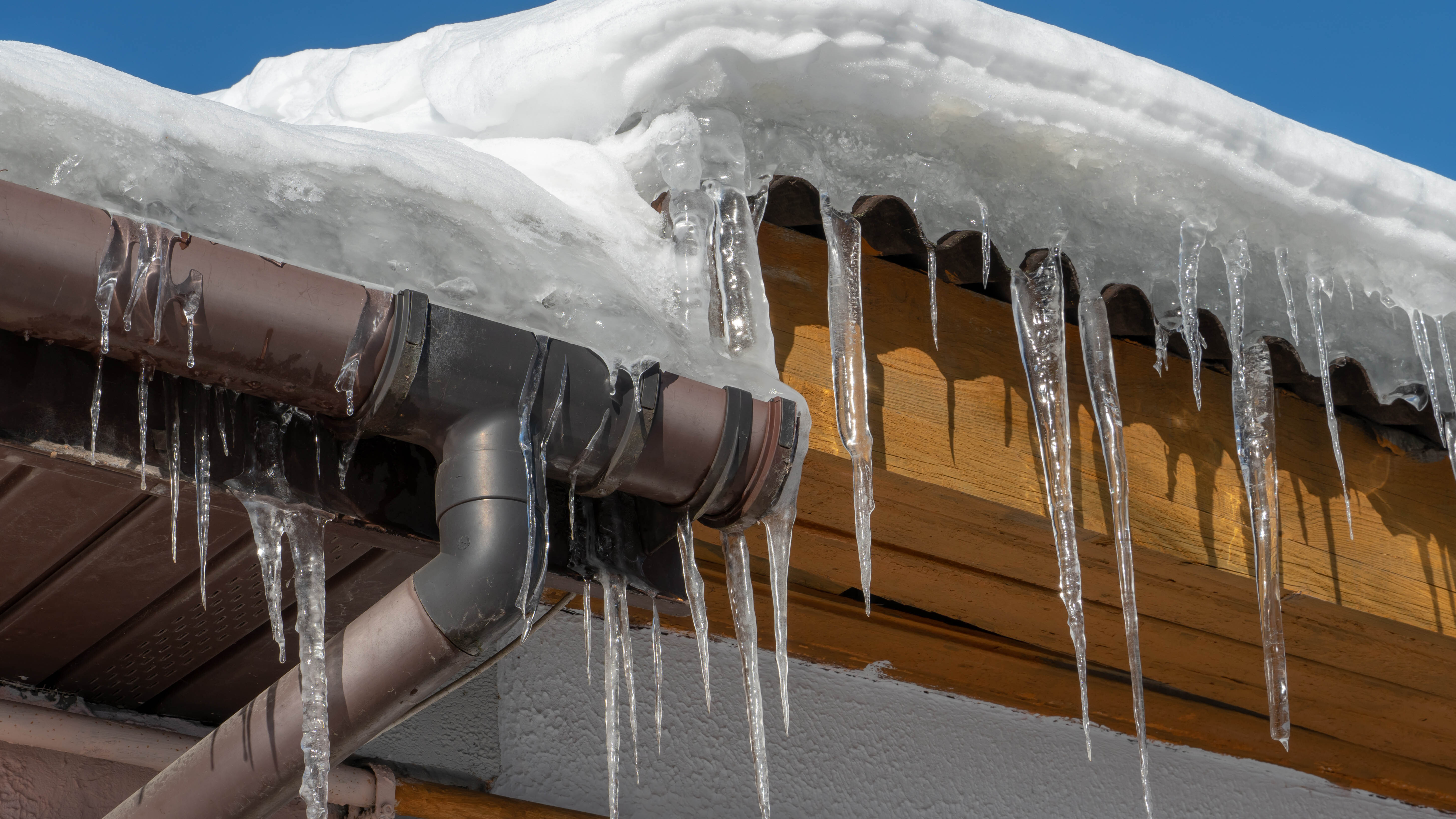
Removing debris from your gutters and drains will allow water to flow more freely. If water is allowed to linger, it’s more likely to turn into ice when the chill sets and then block pipes.
Apart from the risk of frozen and burst pipes, the extra weight from the ice can break the gutters and pull them away from the house.
Here's how to clean a gutter for step-by-step guidance.
4. Keep the heating on

It’s wise to keep the heating on even if you are going away for a vacation. Set your thermostat to at least 55°F to prevent your pipes from freezing. While, if at home, be sure to put the heating on in unoccupied rooms to keep the interior temperature above freezing. It will also stop you from encouraging mold in your home.
Although there are ways you can still keep warm without putting the heating on, when the temperature drops significantly, turning the heating on will keep your pipes from bursting.
5. Let your closed-in pipes breathe
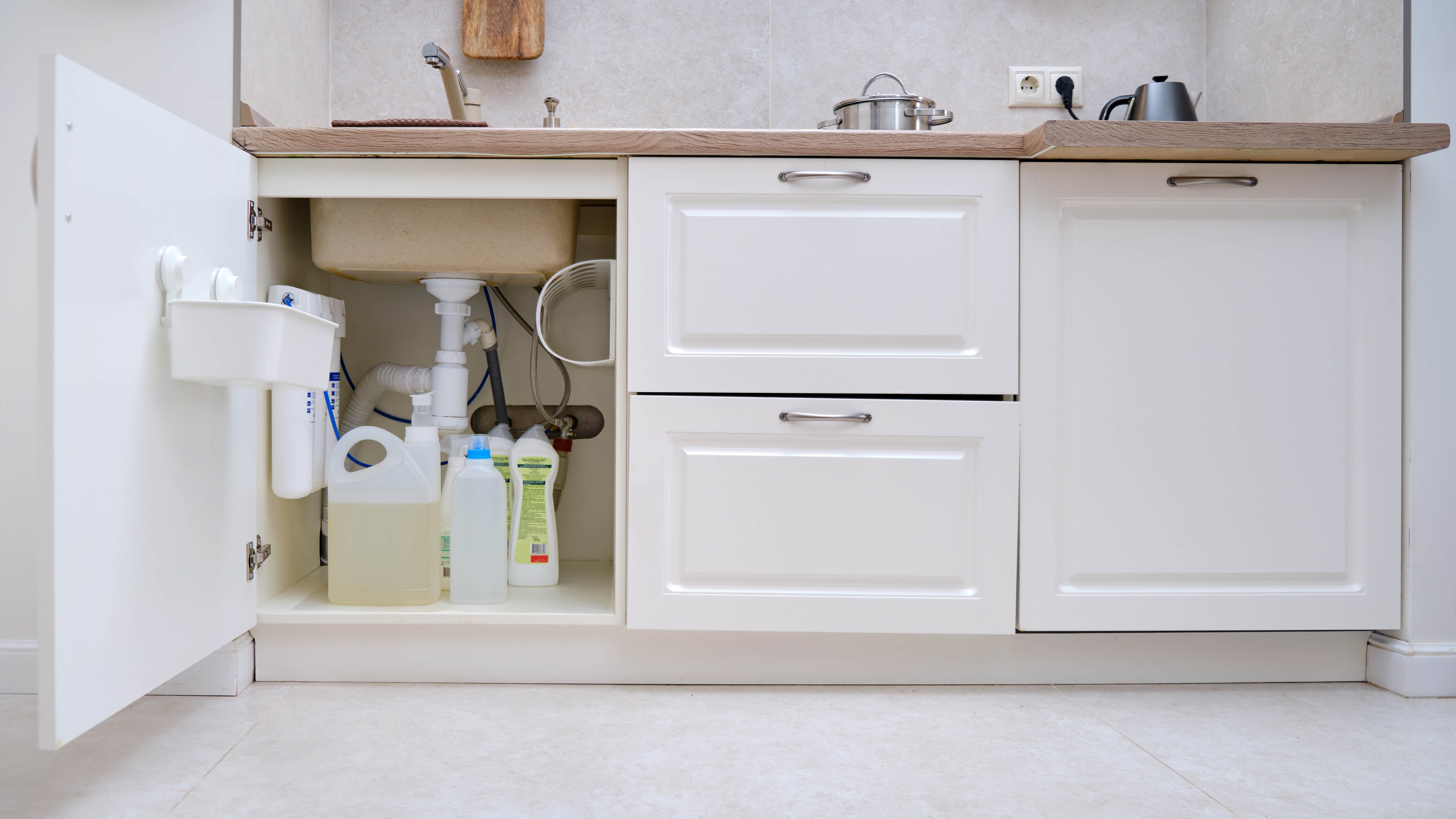
Open up any cabinets that encase pipework in your kitchen and bathroom. Near to outside walls, these pipes can become cold, but by opening the cabinet doors, they can benefit from the warm air inside your house.
You can do the same for your attic — open your loft hatch and allow warm air to circulate above.
6. Check your attic and basement
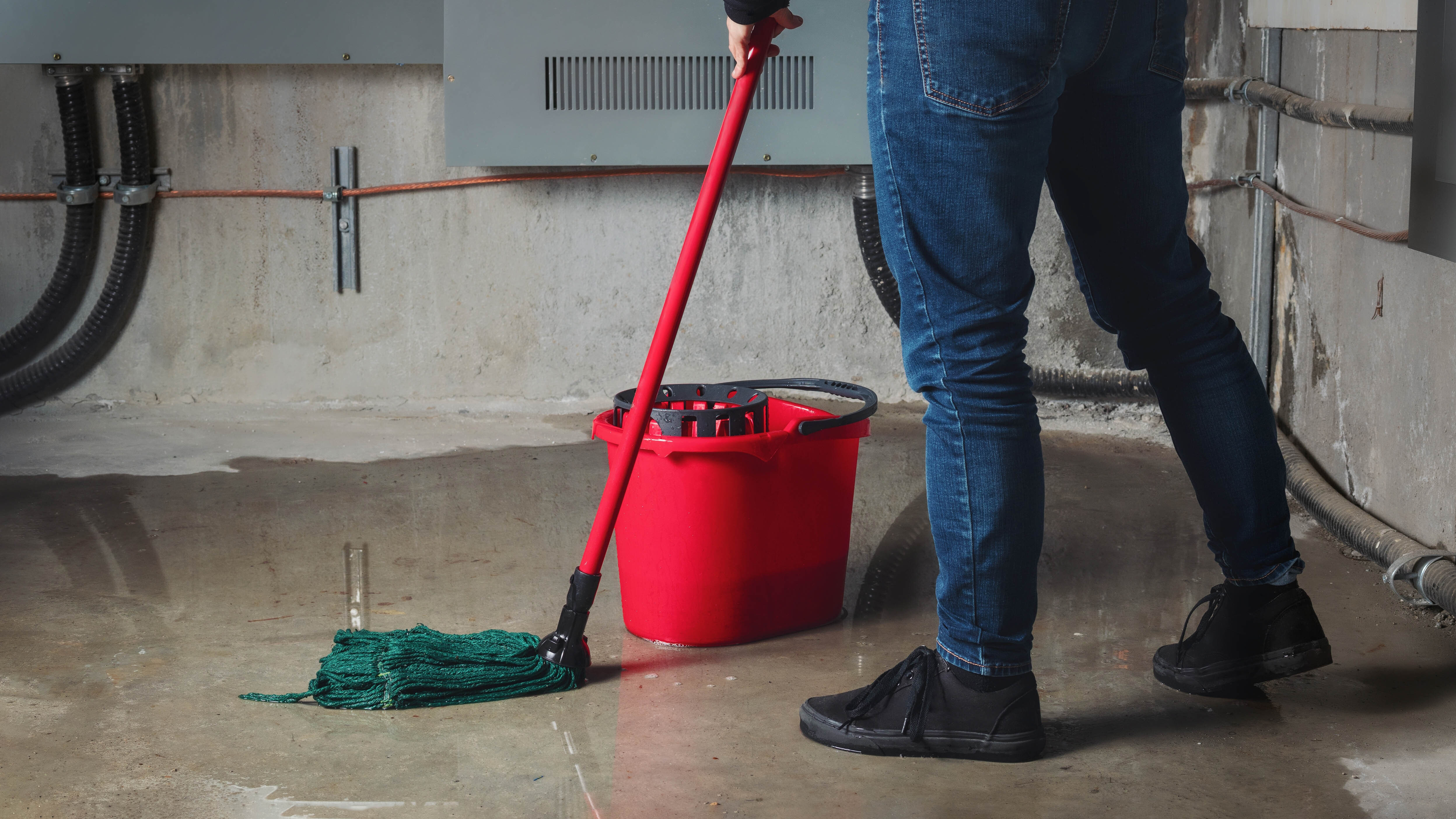
Whether filled to the brim or left empty, your loft and basement are often forgotten when heating your home. However, the spaces need to be sealed to protect your pipes from the cold.
Although any kind of burst pipe is unwanted, if it comes from the top of your house, it will cause significant damage, as it may not just gush through the ceiling and damage the floor below; it could go further.
Insulating your pipes will help protect them from extremes of temperature, reduce heat loss, and lower your carbon footprint and energy bill. At the same time, consider if the level of insulation to the walls and floor needs to be increased, and check for cracks around windows.
Don’t forget to do the same with any crawl spaces. Although limited headroom means they can be difficult to manoeuvre within, they shouldn't be ignored.
7. Get your boiler serviced
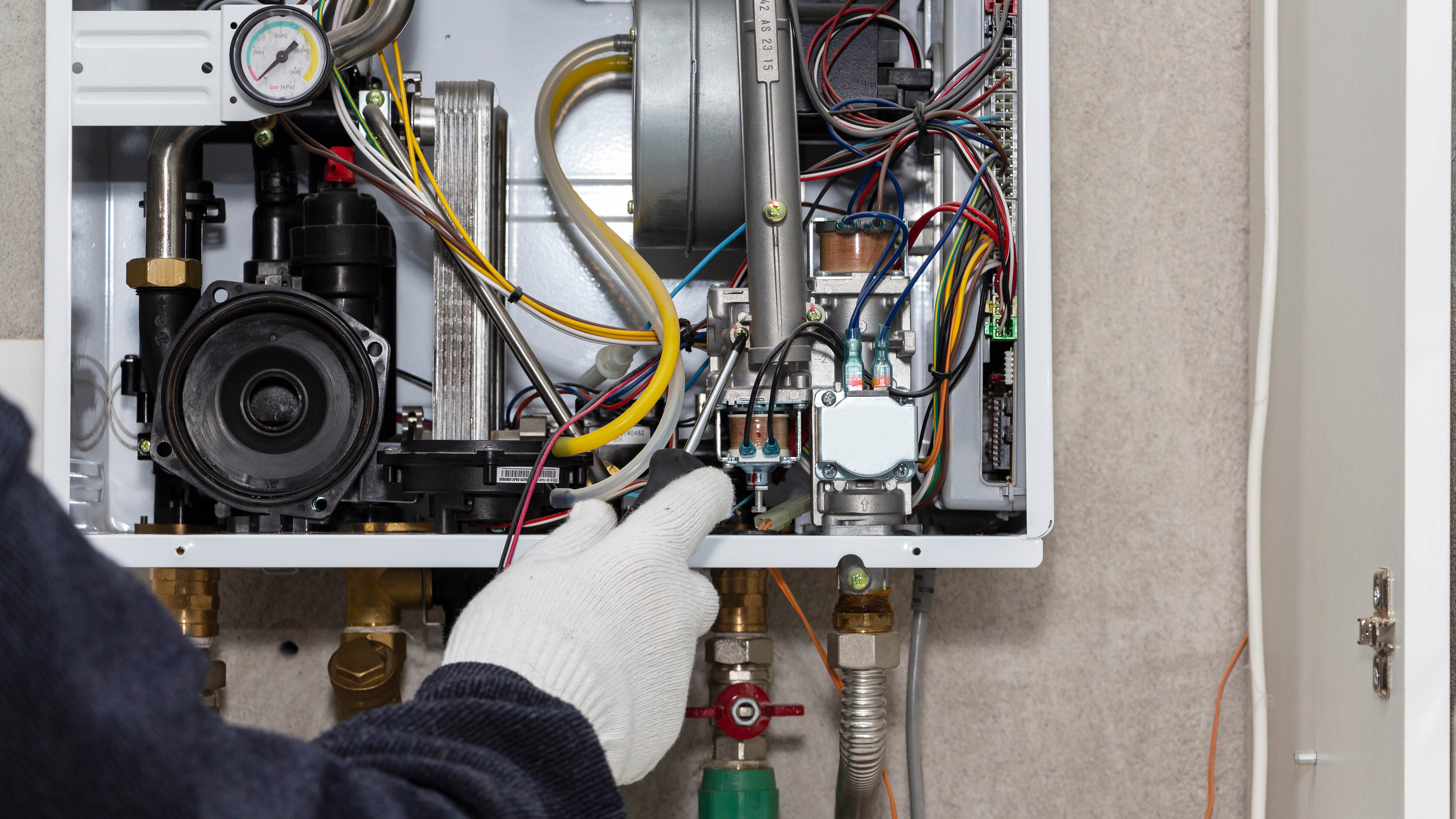
Before the cold weather hits and your boiler is working at full capacity, book it in for a health check. If your heating isn’t working efficiently, perhaps there are cold spots in your pipes where debris prevents water from running, water is more likely to freeze.
I fall foul of this advice every year and always leave it too late — then find the plumber is too busy and can't come out for a few days. To avoid this problem, it’s best to book a regular boiler service while the weather is still warm. Calling on a professional's expertise will help protect your plumbing system from cold weather damage.
8. Run your faucets
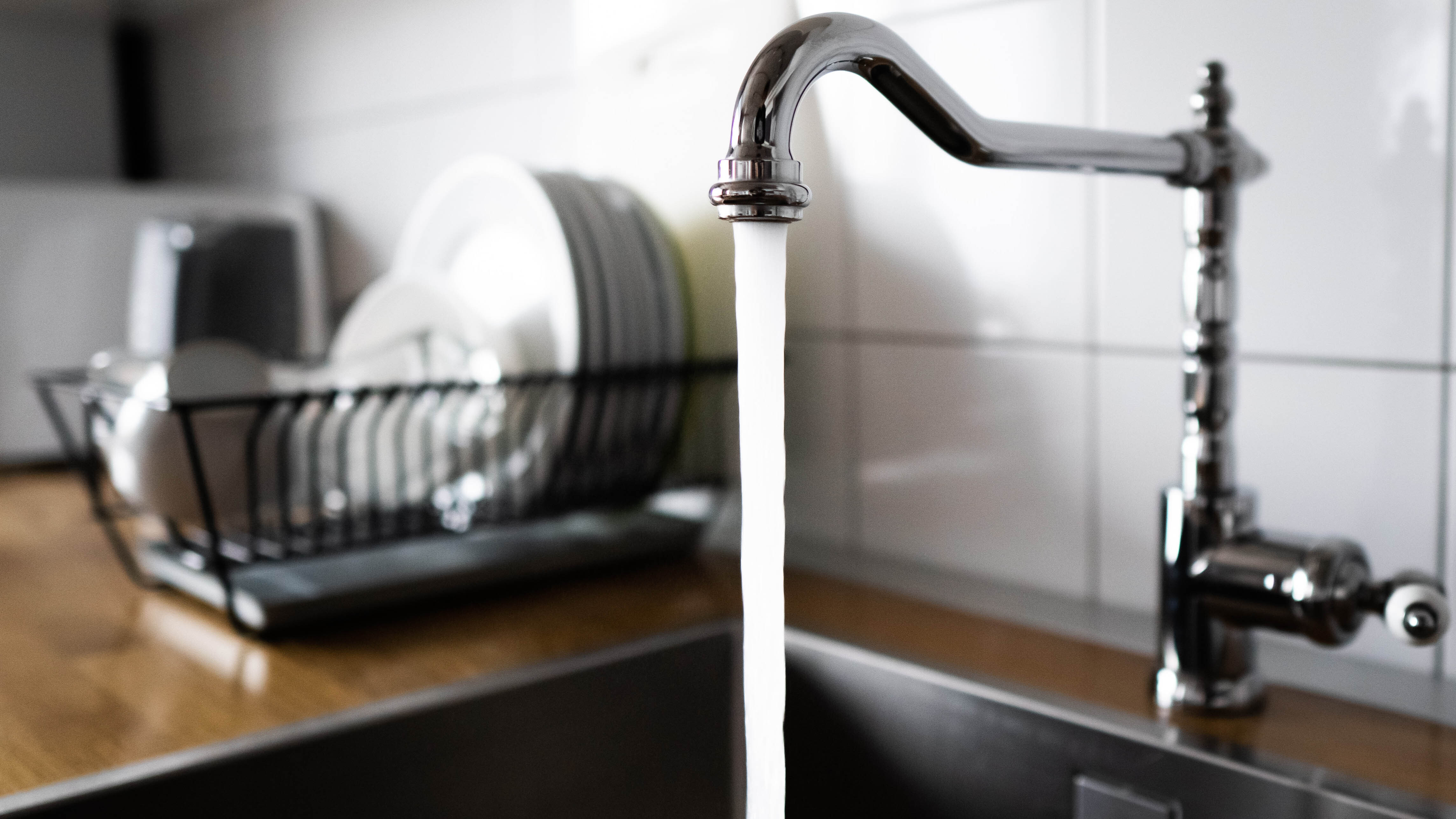
Are you worried that frozen water will seize up your faucets? A simple hack will keep them flowing while the weather is cold. It’s harder for water to freeze if it’s moving, so turn your taps on and off regularly to keep it flowing. Simple? Yes. Effective? Absolutely.
If you’re worried about wasting water or the cost as you’re on a water meter, simply save the water to use later.
9. Apply heat tape
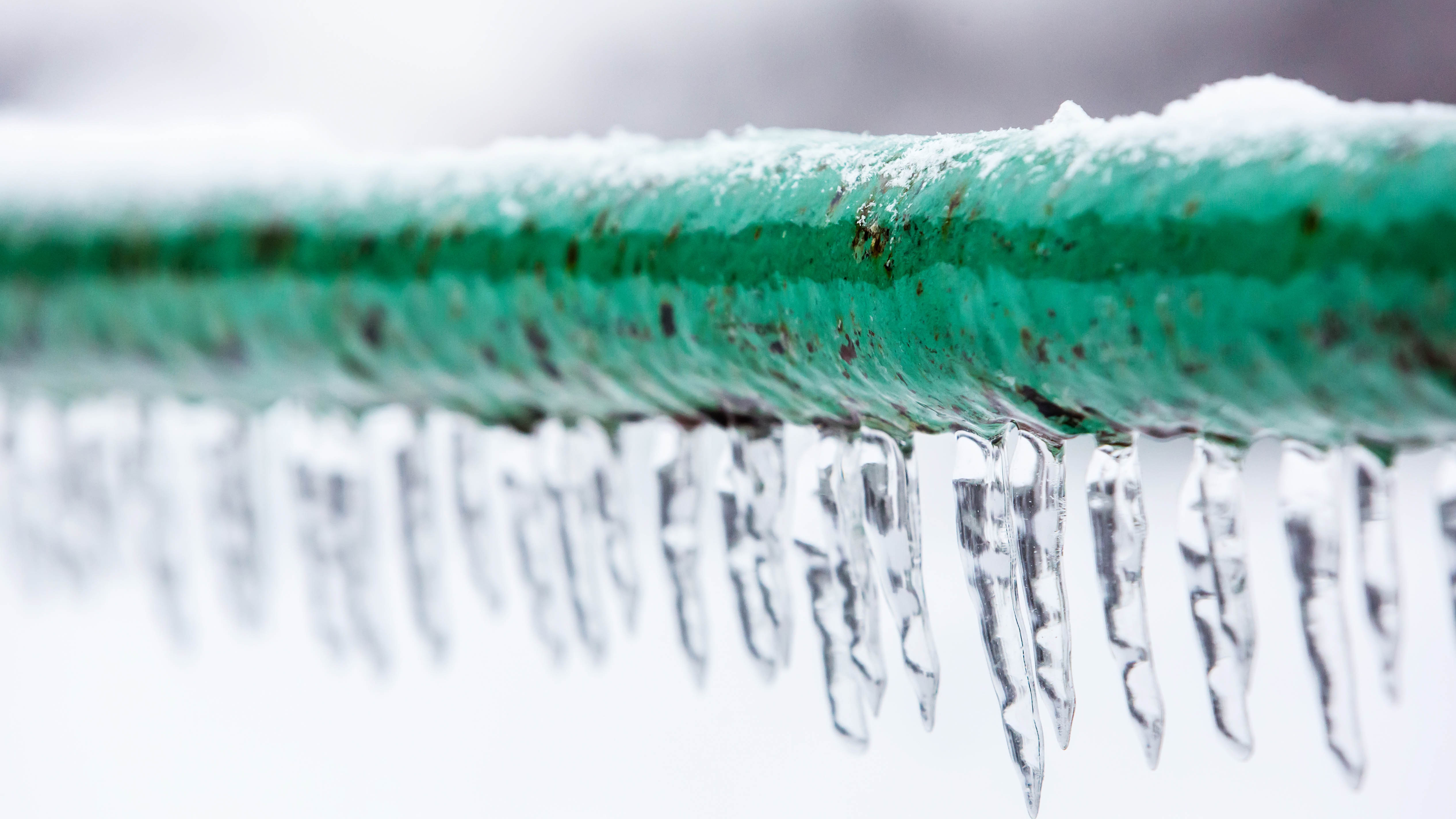
Unlike its name suggests, heat tape isn’t sticky. In fact, it’s an electrical wire cable that produces heat and is attached to the area that needs protecting. There are two types: self-regulating heating cables and constant wattage heating cables.
According to Warmup, constant wattage cables produce the same amount of heat throughout the length of the cable, meaning the power remains consistent. And the temperature is usually set using a thermostat or control system.
Self-regulating heating cables are more energy efficient and only use electricity when the ambient temperature drops to freezing temperatures or when snow is detected. Both systems can be fitted as DIY projects but if in doubt, call a professional.
With a bit of pre-planning you can protect your pipes from the cold and prevent the build up of ice that will lead to burst pipes, and you'll also benefit from improving the energy efficiency of your home too.







